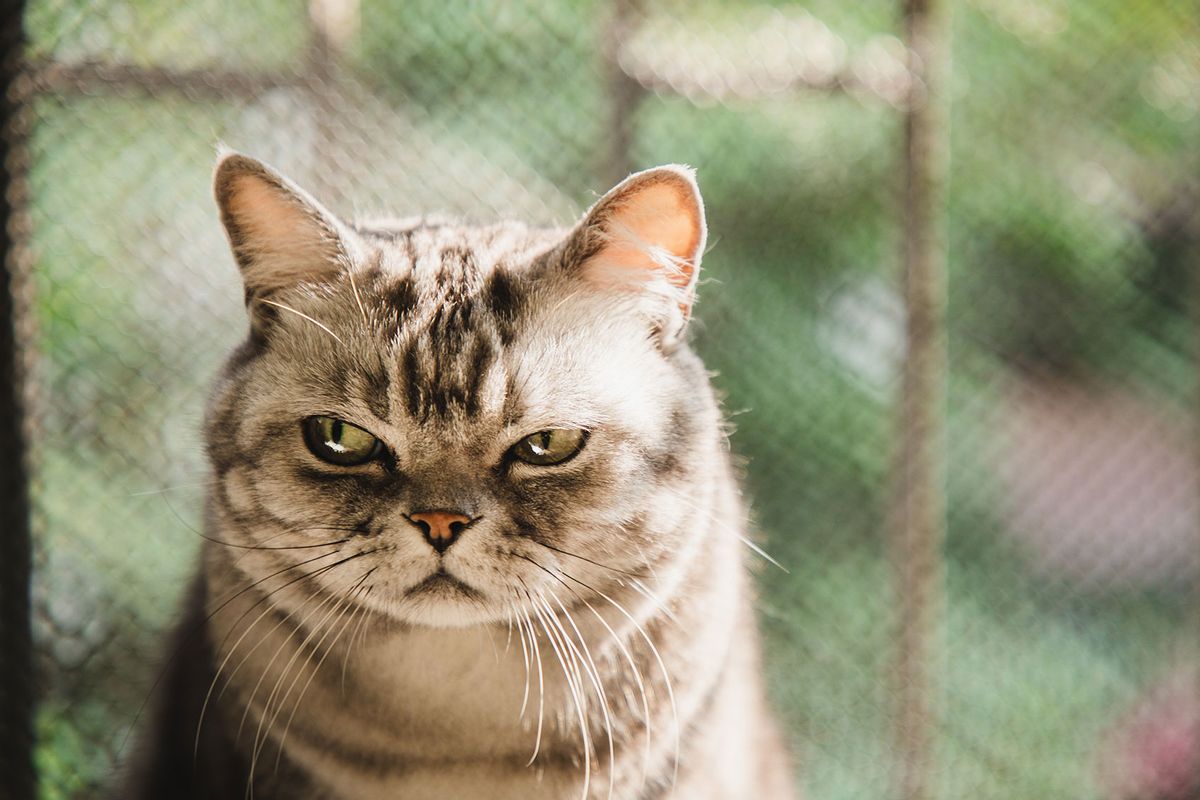If you're lucky, you are reading this article while in the same general area as a cat. Like most people who interact with cats, you no doubt would like to better understand the enigmatic complexity of its mind. Does the cat like you or is it hostile? What does it mean when it purrs, closes its eyes or raises its ears? Do cats have a language that they share with each other? Why do we find their faces so adorable?
The astonished scientists discovered that the cats had at least "276 morphologically distinct facial expressions."
As it turns out, scientists have come closer to the answer some of these questions since the start of the 2020s. In the process, they are learning that cats are far more intelligent and sophisticated than even their greatest admirers might have believed — and much of this has to do with their unique relationship with another species: us.
Take a study held among a cat community in Los Angeles. Published in the journal Behavioural Processes in October, the research involved 53 adult domestic shorthair cats at a cat café known (appropriately) as CatCafé Lounge. As the cats went about their feline business, the researchers secretly recorded them, obtaining 194 minutes of footage with 186 different cat interactions. After poring through the material and analyzing each interaction in detail, the astonished scientists discovered that the cats had at least "276 morphologically distinct facial expressions."
Among other things, cats will close their eyes and move both their ears and whiskers forward when they are feeling friendly. When they are feeling aggressive, their tongues will flick across their lips while their pupils constrict and ears flatten against their heads.
“Our hope is to expand our sample size to include cats living in other locations … looking at the facial expressions of cats living in multi-cat homes, feral colonies," study co-author Brittany Florkiewicz, an evolutionary psychologist at Lyon College in Arkansas, told CNN.
Another recent study is also redefining how humans perceive cats. Until lately, it was widely believed that cats purr as a voluntary response to being happy. But new research in the journal Current Biology, the mechanics that go into what is widely known as purring may be closer to an involuntary response like snoring.
Want more health and science stories in your inbox? Subscribe to Salon's weekly newsletter Lab Notes.
The mechanics that go into what is widely known as purring may be closer to an involuntary response like snoring.
It all comes down to the difference between two schools of thought on cat purring: The myoelastic-aerodynamic theory of phonation and the active muscle contractions theory. Scientists who subscribed to the active muscle contractions theory believed that when cats purr in response to being comfortable or, conversely, to feeling stressed, they do so as a voluntary muscle contraction. By contrast, the myoelastic-aerodynamic theory of phonation holds that complex interactions involving aerodynamic stresses cause purring in cats, particularly as these stresses are applied to the free surfaces of the cats' vocal folds.
To test these theories, scientists studied eight larynges from cats with terminal illnesses that had been humanely euthanized. These were then placed in tubes which replicated the warm, moist air and other important conditions of a cat's breathing body. Ultimately this allowed the scientists to recreate the conditions necessary to induce the low-frequency phonation characteristic of purring. Although this study did not rule out the possibility that voluntary muscular contractions may play a role in purring, they proved that the connective tissue masses in the cats' vocal folds made it possible to create self-sustained low-frequency oscillations entirely on their own.
While this research is fascinating because it illuminates how cats pull off purring like never before, it may also mean that cats don't always purr to express pleasure. More research into purring is definitely needed, as David Rice, a biomechanical engineer at Tulane University, pointed out to Science. Rice, who has studied cat purring himself, criticized the use of dead over living cats, saying this experiment is “akin to removing the mouthpiece from a wind instrument and analyzing its sounds in isolation.”
Other recent studies have demystified the complexity of the feline mind, its behaviors and our relationship with them. Last year research in the journal Animal Cognition revealed that cats can distinguish between when a human they care about is talking to them versus another human.
We need your help to stay independent
To determine this, the scientists analyzed 16 domesticated cats as they reacted to prerecordings of their owners' voices when speaking directly to them and then compared it to when the same voice was talking to another human. Not only did all of the cats react differently to the latter situation than the former, but they displayed another intriguing trait. Ten out of 16 cats became engaged when their owner spoke to them after showing decreased interest upon hearing a stranger's voice; eight of those same cats lost interest again when their owner then began talking to another human. This showed not only that the cats could distinguish between human voices, but cared about whether their owner was specifically addressing them or not.
Another 2022 study, this one in the journal Scientific Reports, found that cats are able to recognize both other cats and humans they know based on their specific names and faces. To learn this, the scientists placed cats in front of laptop monitors and displayed various images: Sometimes a photo of a familiar cat's face while hearing that cat's name, sometimes an experimenter's face while hearing their cat-friend's name, and so on. The scientists found that household cats would pay attention to a monitor for longer if the name they heard did not match the face on the screen. By contrast, the cats showed recognition when they saw a familiar face and heard the correct name matched with it.



Shares